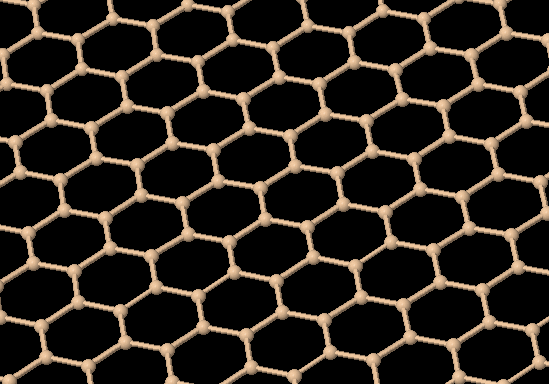Symposium Z: Two-dimensional crystals and van der Waals heterostructures for nanoelectronics
organized by A. Molle (CNR-IMM, Italy), C. Casiraghi (Univ. Manchester, UK), A. Castellanos-Gomez (IMDEA, Spain), G. Fiori (Univ. Pisa, Italy)
at the next E-MRS 2016 Spring Meeting – Lille (France), May 2016, 2-6
Submission Deadline January 15th, 2016
submission at http://www.european-mrs.com/meetings/2016-spring-meeting
Scope Starting from the relatively recent rise of graphene, the family of two dimensional (2D) materials is rapidly expanding not only by including
new elements and compounds, but also by paving the way to new functionalities and applications.
Novel methods for the synthesis and functionalization are demanding to foster the 2D materials evolution,
which will be the platform for future enabling technologies.
Hot Topics The Symposium Z is intended to highlight the most recent advances on 2D materials and their applications.
A large variety of 2D atomic crystals isolated in the recent years offers a rich platform for the creation of heterostructures,
which combine several of these materials in one stack. Among the topics that will be covered in the Symposium one can highlight:
• Synthesis, characterization and structural controls of 2D materials (mostly transition metal dichalchogenides) and 2D van der Waals heterostructures
• Electronic and spin transport in 2D materials
• Novel 2D honeycomb materials: silicene, germanene, stanene, phosphorene
• Electronic, magnetic, optical properties of 2D materials
• Thermoelectrics, straintronics, and valleytronics in 2D materials
• 2D Materials for energy harvesting and photonics
• 2D Materials for sensor and MEMS devices
• 2D materials for Post-Si and III-V technology: Digital, Analog (RF) and flexible electronic applications
• Advanced characterization for 2D materials
Joint sessions with the parallel Symposium “Graphene and Related Materials: from Fundamental Science to Applications”
will be eventually taken into account. Selected oral contribution(s) can be upgraded to invited talks.
A Special Issue of the Symposium Z proceedings will be published in Physica Status Solidi – Rapid Research Letters (Wiley)
upon peer-reviewed submission open to all the symposium contributors.
Upon courtesy of Wiley, a limited number of selected papers may be upgraded for publication in Advanced Electronic Materials (Wiley).
Awards:
a) Graduate Student Awards (GSA) in recognition of academic achievement and research excellence
(see http://www.emrs-strasbourg.com for details);
b) Poster Award(s) sponsored by Wiley.
Invited Speakers: R. Gorbachev (Univ. of Manchester, UK), M. Chhowalla (Rutgers Univ., USA), J. Coleman (Trinity College, Ireland),
A. Kis (EPFL, Switzerland), D. Akinwande (Univ. Texas, USA), M. Houssa (KU Leuven, BE), S. Roche (Unicat, Spain), E. Pop (Stanford Univ., USA),
F. Koppens (ICFO, Spain), M. Lemme (Siegen Univ., Germany), J. Garrido (Walter Schottky Institute and Munich Univ., Germany),
F. Schwierz (Univ. of Illmenau, Germany), D. Neumaier (AMO, Germany), M. Ugeda (CIC Nanogune, Spain), H. Zhang (Nanyang Technol. Univ., Singapore).
More info at: http://www.european-mrs.com/2016-spring-symposium-z-european-materials-research-society
The Symposium Z Organizers




